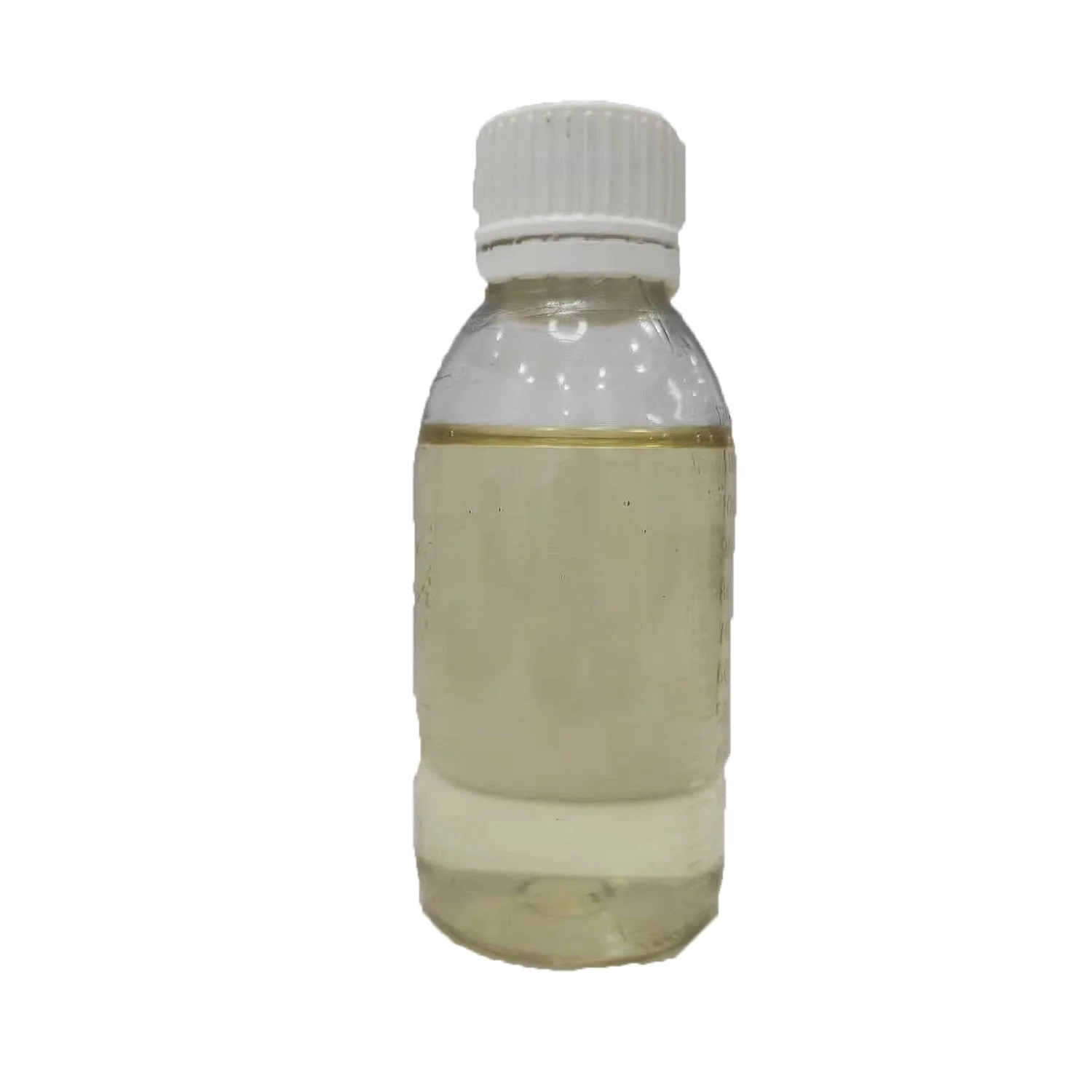As global environmental problems become increasingly serious, environmentally friendly technologies have received widespread attention and application in various fields. As an environmentally friendly technology, shale inhibitors play an important role in shale gas development. This article will explore the effects of environmentally friendly shale inhibitors, including their impact on the environment, promotion of shale gas development, and effectiveness in practical applications.
1. The impact of environmentally friendly shale inhibitors on the environment
Traditional shale inhibitors will produce a large amount of harmful substances during use, causing serious pollution to the environment. The environmentally friendly shale inhibitor uses a more environmentally friendly formula to reduce the emission of harmful substances. They do not contain harmful heavy metals and organic solvents and cause less pollution to soil and water sources. At the same time, environmentally friendly shale inhibitors can also effectively reduce noise and vibration during use, reducing interference to the surrounding ecological environment.

2. The role of environmentally friendly shale inhibitors in promoting shale gas development
Environmentally friendly shale inhibitors play an important role in promoting shale gas development. First, they can effectively suppress mud in shale, reduce mud viscosity, and improve drilling efficiency. Secondly, environmentally friendly shale inhibitors can reduce formation pressure during shale gas extraction, reduce formation damage, and increase shale gas production. In addition, environmentally friendly shale inhibitors can also reduce the use of drilling fluids, reduce mining costs, and improve economic benefits.
3. The effectiveness of environmentally friendly shale inhibitors in practical applications
Environmentally friendly shale inhibitors have achieved remarkable results in practical applications. Many shale gas development projects use environmentally friendly shale inhibitors and have achieved good environmental and economic benefits. For example, some shale gas development projects in the United States have used environmentally friendly shale inhibitors, which have successfully reduced environmental pollution and increased shale gas production. At the same time, some domestic shale gas development companies have also begun to use environmentally friendly shale inhibitors and achieved good results.
However, environmentally friendly shale inhibitors still face some challenges in practical applications. First, the cost of environmentally friendly shale inhibitors is relatively high, which increases mining costs. Secondly, the technology of environmentally friendly shale inhibitors needs to be further improved and perfected to improve their inhibitory effect and stability. In addition, the market demand for environmentally friendly shale inhibitors is not large enough, which limits its further promotion and application.
As an environmentally friendly technology, environmentally friendly shale inhibitors play an important role in shale gas development. They can reduce environmental pollution and promote shale gas development. In practical applications, environmentally friendly shale inhibitors have achieved remarkable results, but still face some challenges. In the future, we need to further research and develop environmentally friendly shale inhibitors to improve their effectiveness and stability to promote the sustainable development of shale gas development.
mia
dbwhb@scdbw.com


